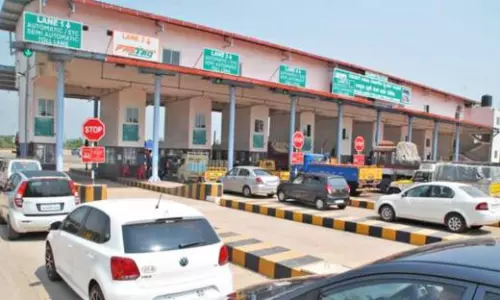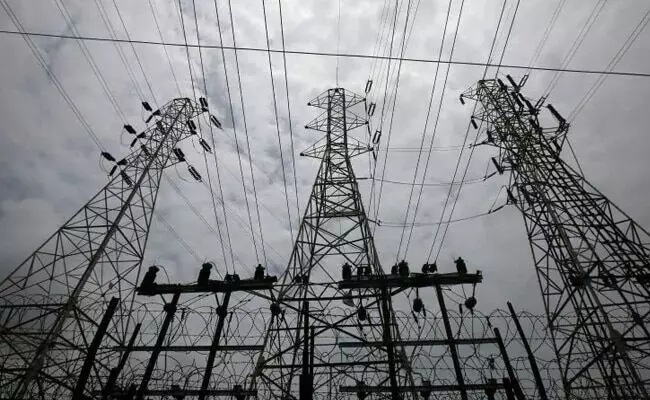
Record jump for India's daily power demand: Minister
text_fieldsNew Delhi: RK Singh Power Minister that the power demand for the country has increased by a record of 40,000-45,000 MW per day. This is mainly due to the intense heat wave that has gripped the northern states along with expanding economy and electricity reaching millions of non electrified homes.
In an interview with PTI, he said that during the eight years of the Modi government, the power supply was strengthened by integrating the country into a single transmission grid, ensuring 23 to 23.5 hours of power supply.
On June 9, India's electricity demand was at an all-time high of 2,10,792 MW and consumed 4,712 million units of electricity.
The power plants are fully operational to meet this demand and the government has ordered the import of coal to make up for the shortfall in domestic supply.
"The whole power sector has changed (in last 8 years)," Mr Singh said. "Before (2014), we were power deficit, load shedding was endemic".
According to a survey by an NGO, the average availability of power in rural areas was about 12.5 hours at the national level. "Today it is 22.5 hours," he said.
India was a power deficit nation with an average shortage of between 17 and 20 percent, but now India has been transformed into a power surplus country.
He said it had increased its power capacity to 4,00,000 MW(or 400 gigawatts) by adding 1,69,000 MW in eight years. In contrast, the highest demand is just 215 GW.
Power plants operate at a much lower run rate than their capacity. In the case of renewable energy units such as solar, it is only one-fifth of the rated capacity.
In addition, 1.66 lakh circuit kilometers of transmission lines were installed and then connected across the country to a single grid at one frequency. Strengthen the distribution system by replacing old lines, adding high and low tension lines, transformers, substations and feeder lines were also contributors to this.
"Today, India is the world's largest single frequency electricity grid," he said. "Earlier, we could transfer about 37,000 MW (of electricity) from one corner to the other. Now we can transfer 1,12,000 MW." Net results: availability of power has increased. "Our system says in the rural areas, availability is now 23 hours on an average and in urban areas, it is almost about 23.5 hours by and large," the minister added.
Mr Singh said it had connectivity to thousands of villages and hamlets were provided, these places had not been electrified for 70 years. Electricity to 28.6 million non-electrified households - more than the combined population of Germany and France were also provided.
The mainstay of the country's power generation, the domestic production of coal, continues to accelerate as demand picks up.
The minister asked 10 per cent of the imported coal to be used in the power plants for their power generation purposes.
Of the 204.9 GW of coal-fired power generation capacity established in India, approximately 17.6 GW or 8.6 per cent is specifically designed to operate on imported coal. Other power plants import fuel to combine with domestic coal
Coal India Ltd has already floated tenders for the import of coal, he said.
The current coal shortage is a result of domestic production not keeping pace with demand. "The domestic coal production has increased but not to that extent. So, the net result was that on April 1, our reserve stock at power plants was at 24 million tonnes and on April 30, it came down to 19 million tonnes and further to 15 million tonnes on May 15," he said, adding states too have been asked to import coal.
The minister said that the government was working to shift domestic coal into power plants along with imported ones to prepare for the monsoon season when production from local mines would decline.
In addition to fossil fuel-based power generation capacity, the addition of renewable capacity has skyrocketed.
"India pledged that by 2030, 40 percent of our capacity will be non-fossil fuel-based. We achieved this target 9 years in advance in November 2021," he said. "Today, established renewable capacity is 1,58,000 MW and another 54,000 MW is under construction".
With adding 6,000 MW of nuclear capacity to that, the total renewable capacity comes to 1,65,000 MW - 41 per cent of the installed capacity, he said.























